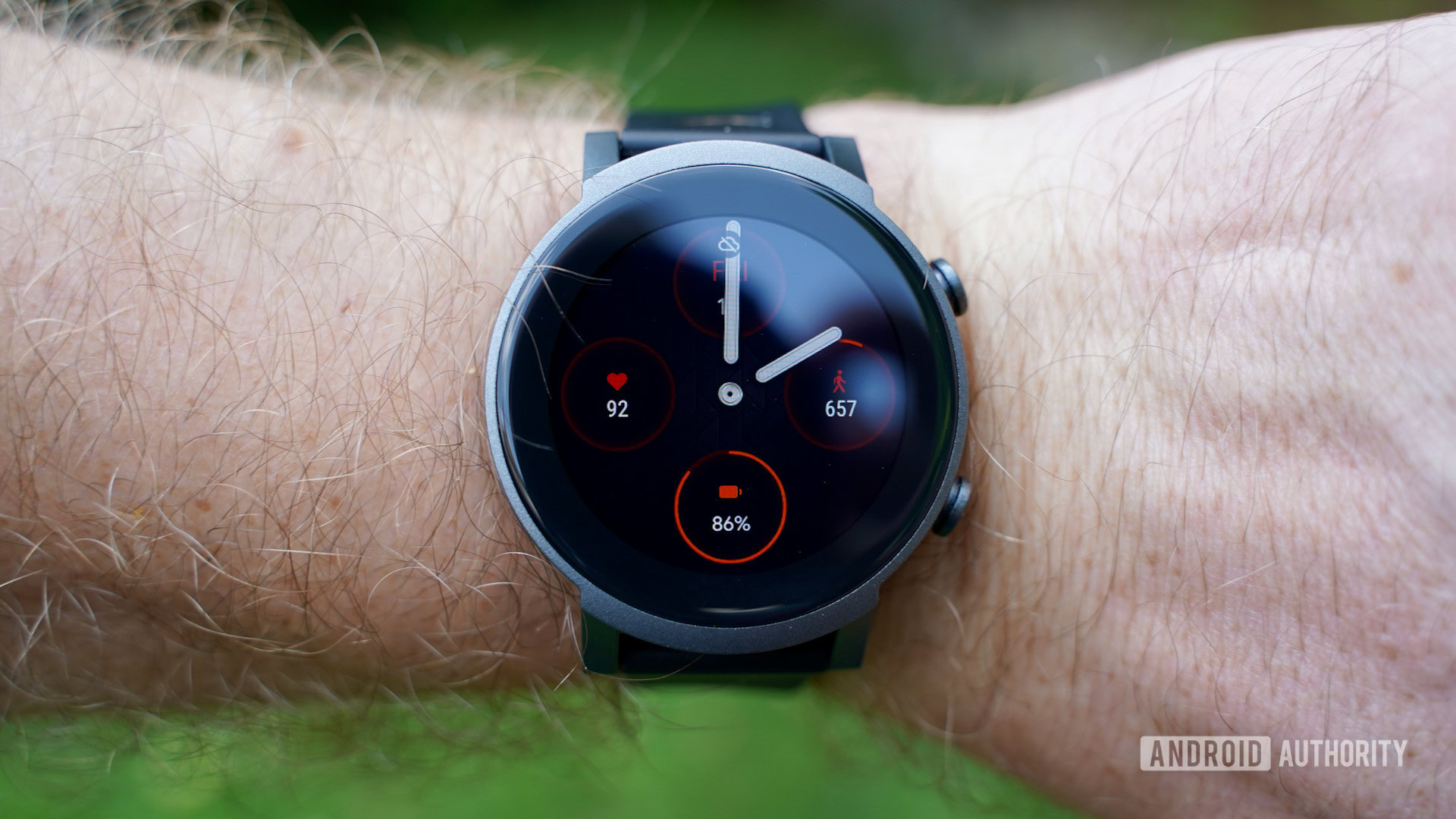Affiliate links on Android Authority may earn us a commission. Learn more.
Qualcomm's next smartwatch chipset could be slower than first rumored

- More details of Qualcomm’s rumored Snapdragon Wear 5100 smartwatch chipset have leaked.
- The SoC is said to retain its predecessor’s quad-core A53 design but upgrade to LPDDR4X RAM.
- For more adventurous OEMs, the chipset could also bring dual-camera support to wearables.
News that Qualcomm is working on a possible new wearable chipset first broke cover last month. Those initial reports pointed to the chipset’s rumored Snapdragon Wear 5100 moniker and offered some general design details. Now, a new report provides more stock to those findings.
According to WinFuture, the Snapdragon Wear 5100 uses a quad-core design but sticks with the Arm Cortex-A53 CPUs used by the Snapdragon Wear 4100 series. Initial rumors pointed to four A73 cores, which would result in a marked processing power bump. Nevertheless, Qualcomm is likely privileging efficiency over outright speed. Considering the lackluster battery longevity of Wear OS smartwatches versus its rivals, the move would we welcome.
More reading: Everything you need to know about smartphone chipsets
Qualcomm could find performance gains in other areas, though. One prototype reportedly uses 2GB of LPDDR4X RAM which should result in both power consumption and bandwidth improvements over the 4100 series’ LPDDR3 RAM. 16GB of eMMC storage also features, which would be a boon for offline music and app storage.
Qualcomm Snapdragon Wear 5100: Support for dual cameras?
More interestingly, some prototypes reportedly pack support for dual cameras with 5MP and 16MP sensors in tow. We’ve seen cameras land on some smartwatches in the past. Even though the Snapdragon 4100 series supports 16MP shooters, they’ve yet to make an impression on flagship wearables. In theory, cameras on smartwatches could be useful for authentication purposes or video calling on LTE watches, but there’s no evidence of any smartwatch maker considering either use at present.
Finally, the report suggests Samsung and China’s SMIC are in the running to produce the chipset. It is, however, unclear when manufacturing will begin or when we’ll see the first wearables running the SoC. As it is, only a handful of devices use Snapdragon Wear 4100 series silicon well after its June 2020 launch. But a new chip could be vital for future Wear OS smartwatches to keep pace with Samsung’s Exynos-powered Galaxy Watch 4 series.